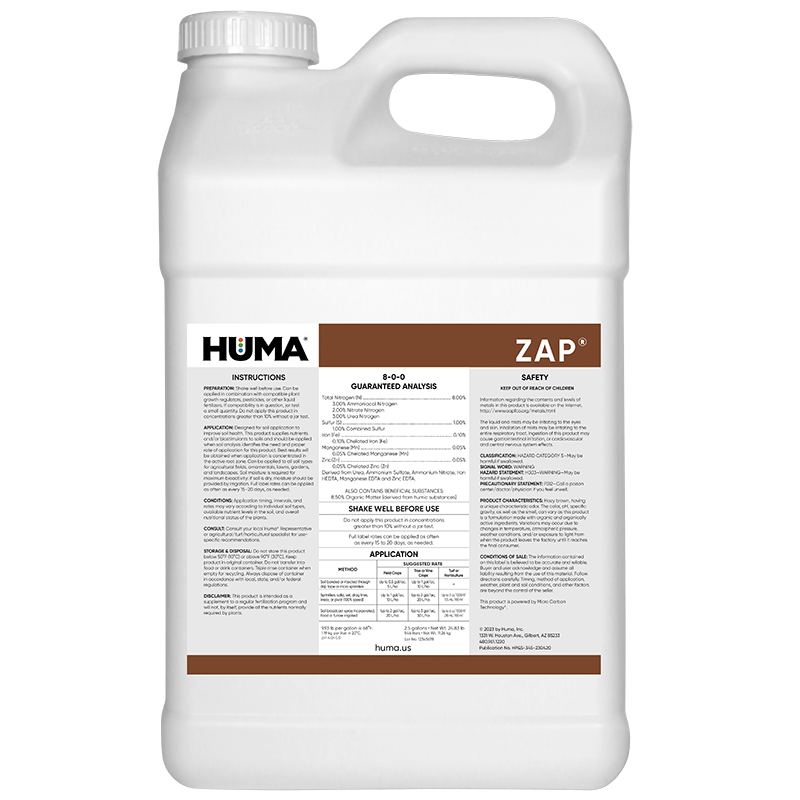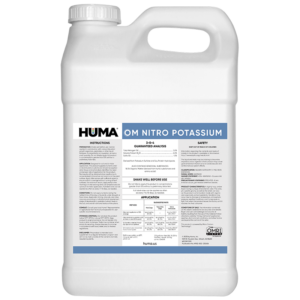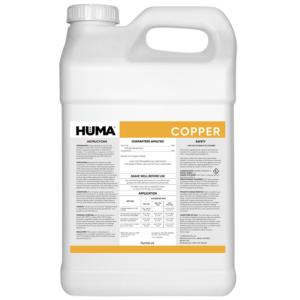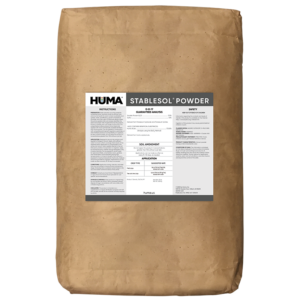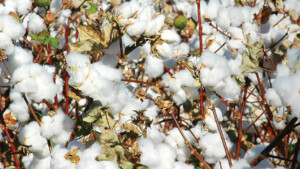ZAP
Benefits of Use:
- Effect on soil environment surrounding roots: Zap® enhances activity of beneficial microbes detrimental to soil-borne diseases and plant-parasitic-nematodes.
- Effect on the plant: Zap® improves root growth and, as a result, reduces susceptibility to secondary root infections.
Benefits of Use:
- Improved plant vigor
- Improvement in beneficial soil microbial activity
- Establishment of soil biological balance and species diversity
- Addresses microbial challenges related to cut- or leveled-ground soil infertility
FAQs
Related Videos
Huma Zap
Huma® Zap® carbon-complexed with Micro Carbon Technology® is an organic-based formulation of nutrients for feeding the native beneficial soil microbial balance. Zap® feeds a strong, vigorous soil biology, which indirectly results in the natural improvement of soil
Learn More
Huma Gro Fumigation Replacement Program for Strawberry Growers
This case study conducted by Pacific Ag Research in Arroyo Grande, Calif. on Portola Strawberries shows that using Huma Gro biopesticide and fertilizers without additional soil fumigation leads to a much higher strawberry yield.
Learn More
All Things Strawberry (Part 2): The Huma Gro Farmer podcast (video)
In Episode 2 of The Huma Gro Farmer podcast, we discuss All Things Strawberry (Part 2) from bud initiation to post-harvest with our strawberry experts: Huma Gro Senior Director of U.S. Domestic Sales Doug Greer,
Learn More
Related Products
Related Case Studies

Huma® Promax® and Zap® Decrease Charcoal Rot in Florida Strawberry, With Increased Yield and ROI of 10:1
Background Charcoal rot, caused by the soil-borne pathogen Macrophomina phaseolina, can be a significant threat to strawberry production. Two Huma® products, Promax® and Zap®, had previously been shown to be successful in managing soil-borne diseases in strawberries. Objectives The primary objectives of this study were to assess the efficacy of Promax® and Zap® in reducing
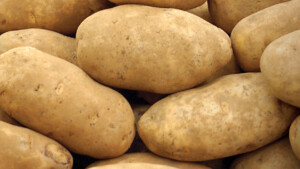
Huma® Fertilizer Program Improves Potato Yield by 5%, With 200% ROI
Background Huma® liquid fertilizer programs with Micro Carbon Technology® provide growers with efficient crop nutrients via foliar spray or irrigation at the exact time crops need them. Precision timing of efficient nutrition provides better crop yield and quality. Objective The focus of this study was to assess how the efficient Huma® nutritional products affect potato

Huma® and Zia Pueblo Farm Corn Project
Background Many small-scale farms (1-2 acres each) are established in Zia Pueblo community near San Ysidro, New Mexico. Huma® Inc. was asked to establish an experimental farm in the tribal community that could demonstrate the usage of beneficial agricultural inputs producing high-yield crop and preserving the health of the soil. Huma® humic-based products stimulate plant
Related Blog Posts

This Week in Ag #59
“It won’t grow in the bag.” Grandpa never minced words. And that’s how he responded (in frustration) to my dad and uncle whenever they pondered dropping the planter. His philosophy was simple: the moment you can plant, you plant. There’s only so much heat and sunlight Mother Nature offers, so you better take her up on

When One Calf Costs Four Acres of Corn
Farm prices are on a wild ride. Beef is breaking records while corn is sinking to multi-year lows. Today, it takes roughly the value of four acres of corn to buy just one fed calf. What does this price gap mean for cattlemen, ranchers, and the future of herd expansion?

This Week in Ag #64
My #Plant24 corn went in the ground on May 1, and it was up in just five days. We planted in ideal conditions: soil temperature was 76 degrees, and while the surface was dry, the seeds were placed two inches deep in moist soil. We’ve had nearly 1.5” of rain since. Preplant broadcast applications included our Supers

